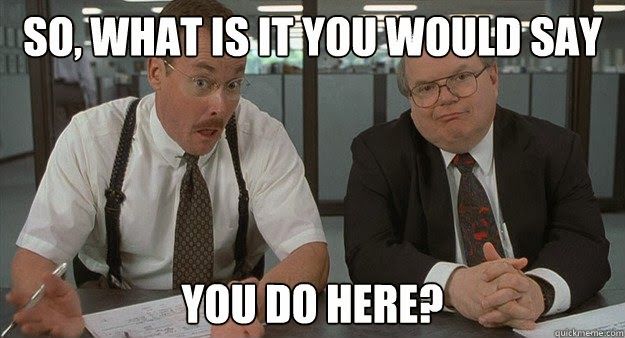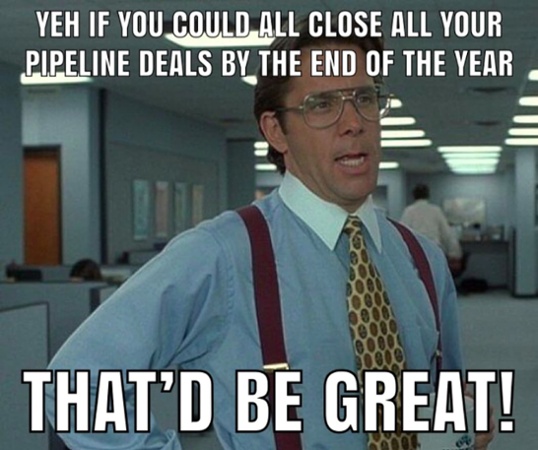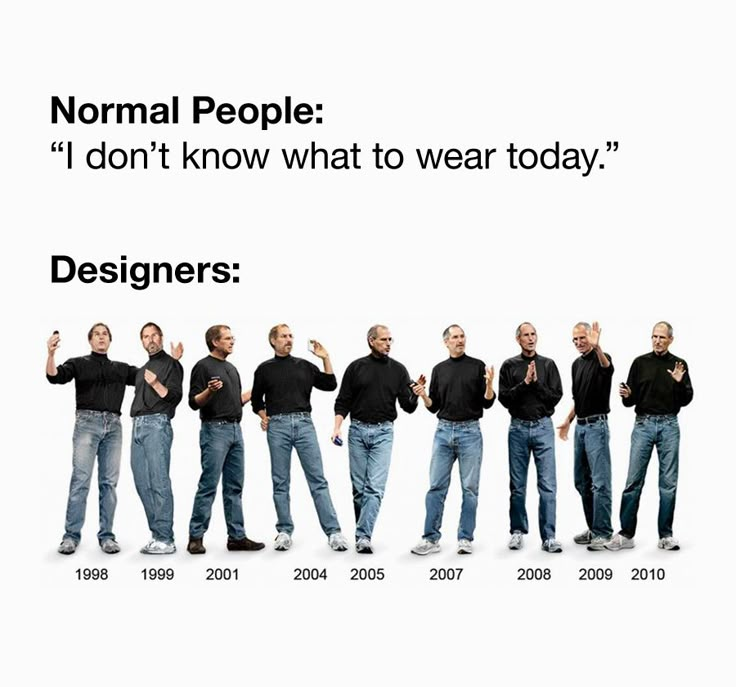Top 3 non-coding remote jobs in 2025
Top 3 Non-Coding Remote Jobs in 2025
In the world of tech, coding tends to get all the glory. But let’s face it: not everyone wants to spend their day staring at a terminal. The good news? There are plenty of high-impact, well-paid, and fully remote roles that don’t require writing a single line of code. In this article, we’ll dive into the top three non-coding remote jobs of 2025: Product Manager, Sales & Marketing Specialist, and Designer.
1. Product Manager: The Glue Between Teams

Product management has become one of the most in-demand roles in tech, and also one of the most misunderstood. If you've ever stumbled upon the viral TikTok of a "Product Manager at Meta" describing her typical day (morning coffee, yoga, a few meetings, repeat), you know why the role has become a bit of a meme. But memes aside, the job is real, intense, and impactful.
A product manager (PM) is responsible for defining the vision, strategy, and roadmap of a product. They're the ones asking: What should we build next? Why? How should it work? They talk to users, analyze data, write specs, prioritize features, and coordinate with design, engineering, and marketing teams.
How technical should a PM be? That depends. At startups, PMs often wear many hats and might get their hands dirty with SQL queries or even basic scripting. At large companies like Google or Amazon, there are more specialized roles like "technical PM" or "growth PM," and some technical background (e.g. CS degree, or prior dev experience) is often preferred, though not always required.
What makes a great PM remote-friendly? The ability to synthesize information clearly, document everything well, and make data-driven decisions. Remote PMs lean heavily on tools like Notion, Jira, Linear, and Amplitude. They run asynchronous standups, coordinate across time zones, and write crisp, unambiguous specs.
2. Sales & Marketing Specialist: Driving Growth from the Front Lines

We’re cheating a bit here because sales and marketing are technically two different roles. But in many remote startups and growing companies, the line blurs—especially when a single person is expected to wear both hats.
Sales specialists are focused on closing deals. In SaaS (Software as a Service), this often means managing a pipeline of leads, demoing the product to prospective clients, negotiating contracts, and handling onboarding. It sounds simple, but closing a six-figure enterprise contract can take months of effort, dozens of emails and meetings, and a lot of finesse.
Challenges? Absolutely. Enterprise sales cycles are long. You deal with procurement departments, security reviews, multiple stakeholders. You have to keep the momentum alive while staying professional and persistent.
Marketing specialists, on the other hand, focus on driving awareness, leads, and engagement. Modern marketing is a data-driven game. Marketers today use tools like HubSpot, Segment, Google Analytics, and Webflow. They create landing pages, run email campaigns, manage SEO, and track conversions. There's also a growing focus on content marketing (e.g. blog posts, social media, webinars), influencer partnerships, and community building.
The best marketing specialists think like growth hackers: they experiment constantly, analyze the data, and scale what works.
What makes a great sales/marketing hire remote-ready?
-
Excellent written communication (those emails matter!)
-
CRM mastery (e.g. Salesforce, HubSpot)
-
An eye for detail and a nose for opportunity
-
Ability to work autonomously and manage follow-ups across multiple time zones
3. Designer: Crafting Interfaces and Experiences

Design has exploded in the last decade. And it’s not just about making things pretty. Great designers help users accomplish their goals smoothly, efficiently, and delightfully.
There are two major design specializations in tech: UI (User Interface) and UX (User Experience).
UI designers focus on how things look: typography, color palettes, buttons, layout. UX designers care about how things work: the structure of the product, the flow from screen to screen, and the mental model behind the user journey. In practice, most designers work across both areas.
Figma has become the industry standard for collaborative design. It allows designers to create high-fidelity mockups, prototypes, and even basic animations—all in the browser. Remote teams love it because you can comment, iterate, and hand off to developers seamlessly.
Designers also rely on tools like:
-
Miro (for brainstorming and user journeys)
-
Loom (for explaining flows async)
-
Zeplin or Figma Dev Mode (for hand-off)
Design isn't just art—it's problem solving. Great designers test their ideas through user interviews, usability testing, and A/B experiments.
What makes a great remote designer?
-
Clear visual documentation
-
Empathy for the user
-
Collaboration with PMs and developers across time zones
-
Constant iteration and feedback loops
Conclusion: Skills That Matter Across the Board
While Product Managers, Sales & Marketing Specialists, and Designers play very different roles, succeeding in any of these remote jobs in 2025 requires a few universal skills:
-
Exceptional Written Communication: Remote work is writing-first. Whether it's a product spec, a marketing email, or a Slack message, clarity is everything.
-
Information Synthesis: You need to take in large amounts of info (from users, data, research, meetings) and extract the key takeaways.
-
Near-Native English: For non-native speakers, polishing your English (especially writing) is essential for credibility and collaboration.
-
WFH Setup That Works: A good webcam, microphone, lighting, and fast internet aren’t optional. They show you take your role seriously.
-
Time Flexibility: You won’t always work 9-5. Clients and coworkers might be in California, Berlin, or Singapore. Flexibility is a huge plus.
-
Proactive Ownership: No one's watching over your shoulder. You need to take initiative, follow up, and move things forward without waiting for instructions.
In short, you don't need to code to land a great remote job in tech. Whether you're coordinating roadmaps, closing enterprise deals, or designing the next killer interface, there’s a place for you in the remote future of work. Just bring your skills, your curiosity, and your A-game. You can check all the latest non-coding remote jobs 👉 here.